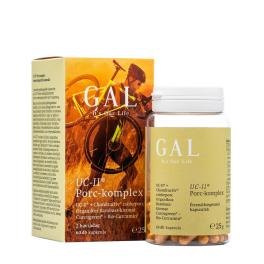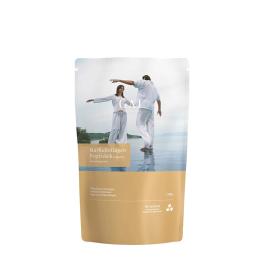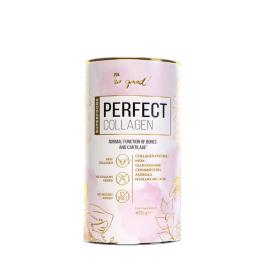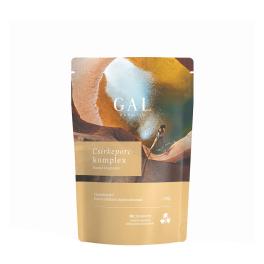Collagen is a protein (built up by amino acids) and is the main component of ligaments and joints. Joints contain the highest amounts of type II collagen, while ligaments contain type I. In many cases, in the pursuit of general mobility fitness, people focus only on the muscles and neglect the joints and ligaments. However, in the long term, the health of joints and ligaments is as important as that of the muscles. Serious injuries can occur, such as fractures, strains, tears, chronic inflammation (tendonitis, bursitis), etc.
As we get older, it becomes even more important to protect our joints, on the one hand because metabolism decreases, and on the other because the regenerative and healing processes are reduced. Daily use damages the cells that make them up, and if there is inadequate recovery, the inflammation increases until it reaches a point where it becomes chronic arthritis (osteoarthritis - affecting both bones and joints, rheumatoid arthritis - affecting joints, tendonitis - affecting ligaments).
There are at least 16 different types of collagen found in nature, type I, II and III are important for joints.
- Type I collagen is most common in the human body as a constituent of ligaments, bones, muscles (muscle fibres), skin (dermis) and teeth (dentin), among others, and is used in combination with type III collagen to form the scars. It has joint-protective properties and reduces the risk of osteoarthritis by acting as a scaffold for joints, and also has anti-inflammatory properties that protect joint cells (chondrocytes).
- Type II collagen is the main component of ligaments and joint ends (cartilage) and hyaline. UC-II collagen is specifically designed for joint protection. In supplements like this, type II collagen is present in a denatured (raw) form (undenatured collagen, UC), which means that in its raw form it can be better used to support joints. In many cases of joint damage, the cartilage tissues can be damaged by our own immune system, and UC-II collagen helps by stopping the production of antibodies against cartilage tissues through the lymphatic system. However, these antibodies are not only produced when joints are damaged, but also when movement is stressful, as the injury causes type II collagen to denature (lose function) and antibody production against them is triggered.
- Type III collagen, on the other hand, helps to recover from injuries caused by movement and wear and tear by participating in the formation of cross-links. These cross-links can be thought of as a wound dressing, connecting the damaged parts. It is also the basis of wound healing, it is the cross-links created by the type III collagen in it that make the scar visible.








































